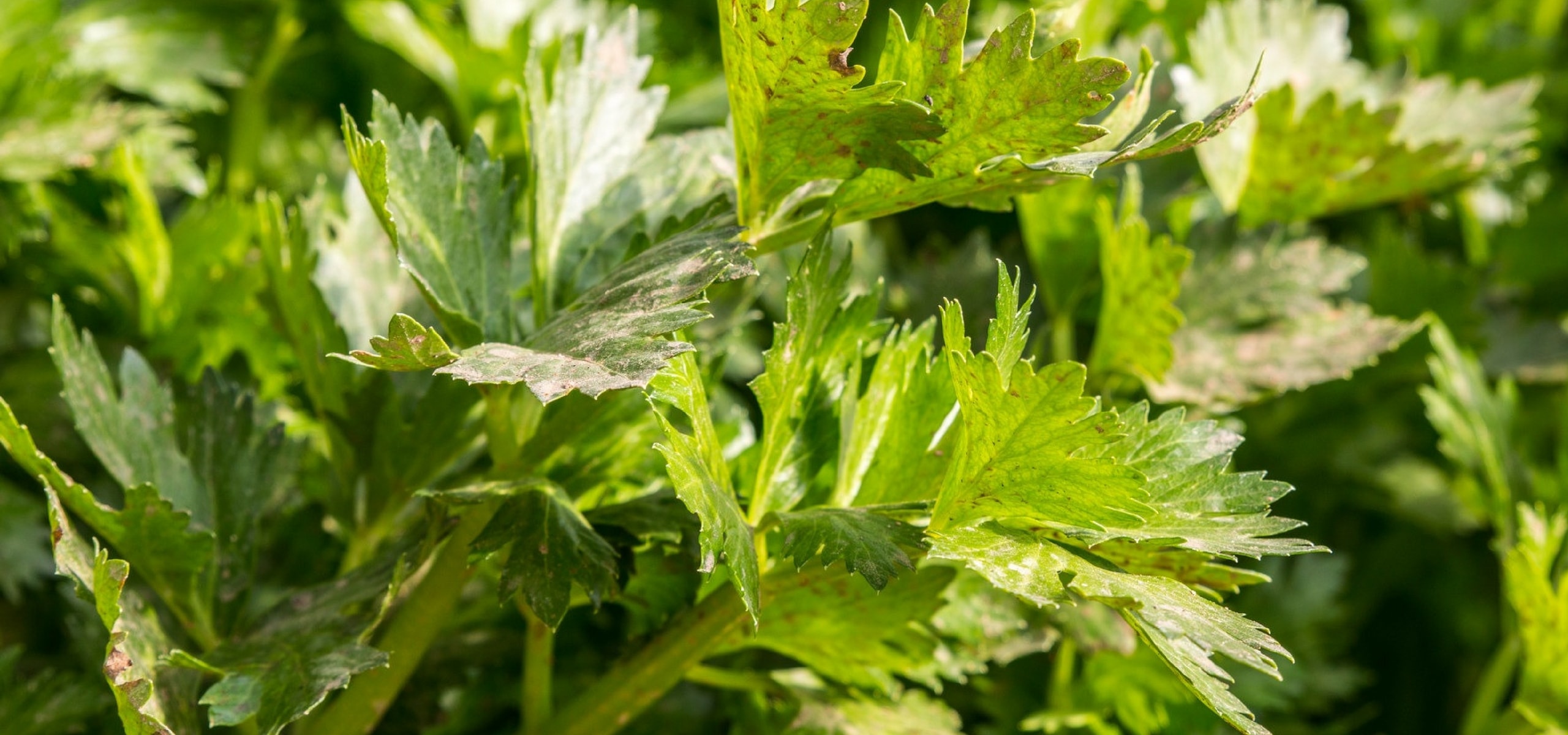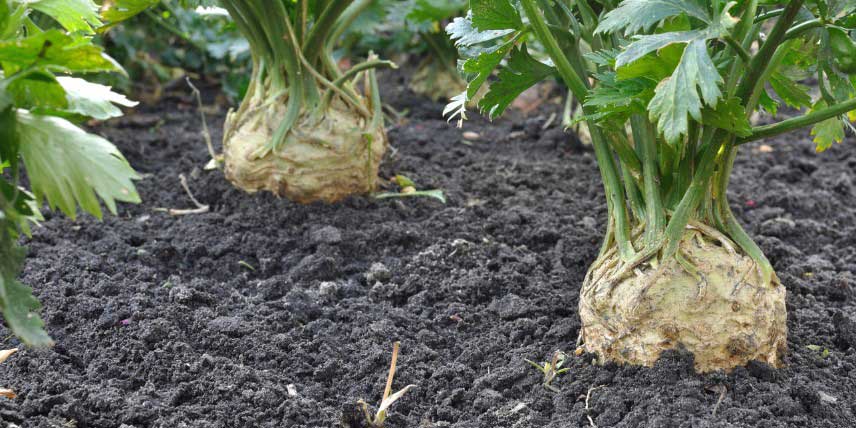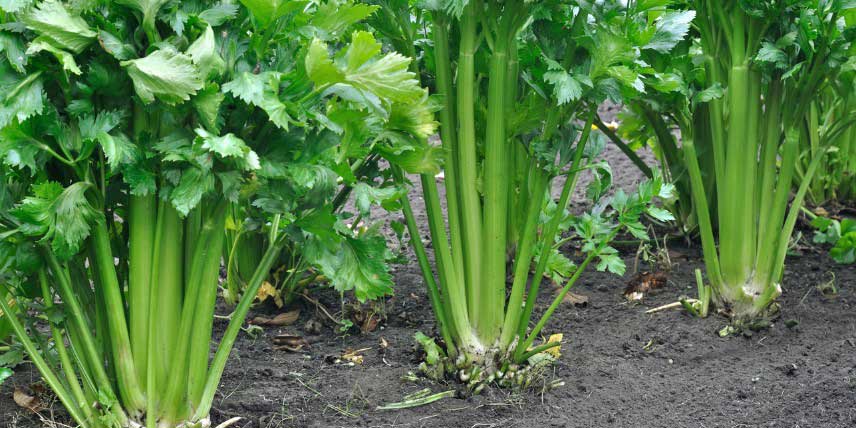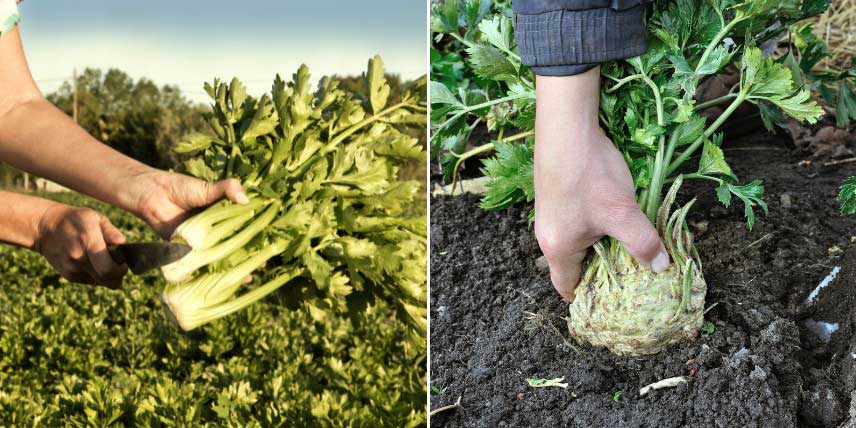
Succeeding in growing celery
branch or turnip: from sowing to harvest
Contents
Celery is a vegetable that has been cultivated since antiquity and is appreciated for its pronounced flavour. Belonging to the Apiaceae family, it is a cousin of carrots, parsnips, and other fennels. Celeriac, with its spherical and fleshy root, is perfect for soups, purées, and stews. Celery sticks, on the other hand, are valued for their wide petioles that add crunch to salads and flavour to cooked dishes. Growing celery is quite delicate, especially when it comes to sowing, but with our tips, you will have no trouble succeeding. Discover all our advice on sowing, planting, maintaining, and harvesting celery in the vegetable garden!
When and how to sow celery?
Sowing celery is a somewhat delicate step: its germination is slow and requires warmth and moisture. It is done in buckets, between March and April, in a warm place at home or in a heated shelter.
- Fill a seed tray with light, well-drained potting soil, then lightly firm it down.
- Sow the seeds on the surface.
- Cover the seeds with a thin layer of sieved potting soil.
- Water gently, ideally with a spray bottle.
- Maintain a temperature of around 18-20°C to encourage germination, which takes about 10 to 15 days.
- Transplant the young plants into individual buckets as soon as they have two true leaves.
When and how to plant it?
From mid-May to the end of June, when all risk of frost has passed, the young plants are settled in the vegetable garden in their final position.
The celery, whether “branch” or “root”, prefers cool, deep, and light soils. It requires well-manured soil, previously enriched with an addition of compost or well-rotted manure, at a rate of 3 to 4 kg per m2. It is planted in full sun or partial shade.
In the vegetable garden, it pairs well with leeks, Swiss chard, squashes, and fennel. Avoid planting it next to parsnips, carrots, and corn.
The planting distances to respect are 35 cm in all directions (between the ranks and between each young plant in the rank). Start by preparing the location: loosen the soil, weed, and rake to achieve fine soil. Then plant the celery, ensuring not to bury the collar, and water generously.

How to care for celery?
The regular maintenance of celery involves performing weeding and hoeing regularly. It requires frequent and abundant watering: the soil must remain moist, as any water stress can trigger bolting. These operations can be spaced out or significantly reduced if you mulch the soil with thin successive layers of dried grass clippings, mixed, if possible, with fallen leaves.
During the cultivation of celeriac, it is recommended to remove the aerial rootlets once the bulb has formed. The midribs of the celery branch sometimes benefit from being blanched before harvest: to do this, 15 days to 3 weeks before harvest, deprive the midribs of light by surrounding them with cardboard secured with a string.
Read also
How to sow celery?Diseases and Pests
Celery is not very susceptible to diseases and pests.
The main disease is septoria: attacks from this fungus result in the appearance of brown spots on the leaves, which eventually turn yellow and dry out. As a preventive measure, spray a solution of Bordeaux mixture.
The most common pest is the carrot fly, Psila Rosae. This parasitic insect, present in gardens from April to early November, affects the growth of the attacked plants. To deter it, you can implement a mulch made from repellent plant waste (lavender, tansy).

How to harvest celery?
Celery cultivation takes 6 to 7 months, it is harvested from early August to December.
- Celery stalks are harvested in their entirety or by cutting branches as needed with a pruning shear that is clean.
- Celery roots are pulled up using a spade fork. Allow the bulbs to dry for a whole day on dry soil, then cut the foliage at the collar and the rootlets before storing them in a cellar or silo.

- Subscribe!
- Contents






























